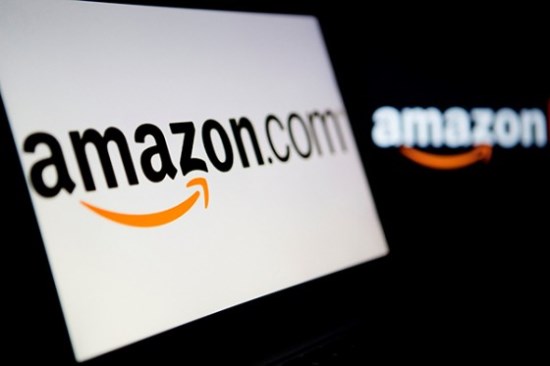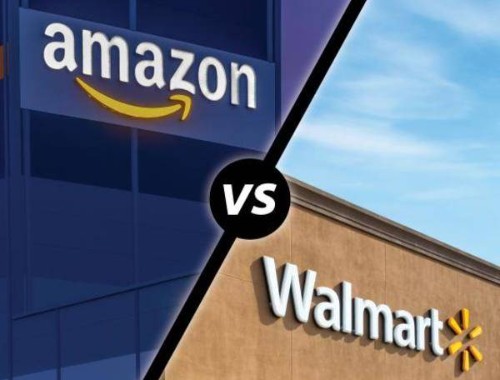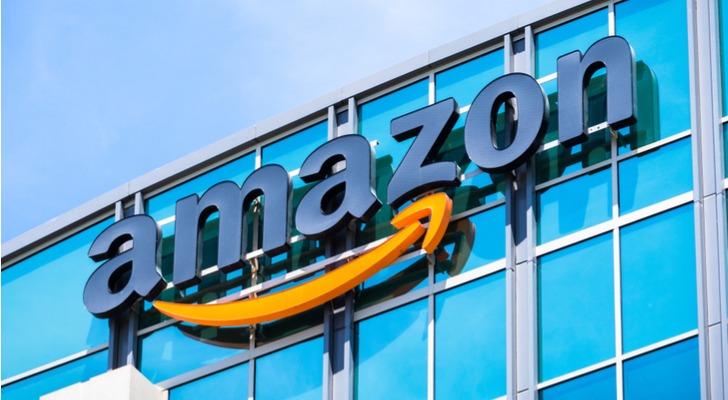How China and Amazon are changing the future of retail
Source:forbes.com
It’s becoming increasingly clear that Amazon is not merely a book industry disruptor, but a retail disruptor in general. Bad for Macy’s. Bad for Walmart. Good for Amazon. And, not surprisingly, spectacular for Chinese manufacturers who are now able to produce and sell on demand directly to the American consumer through Amazon Marketplace.

If you thought Amazon was just about killing bookstores like Barnes & Noble, or ticking off publishers, guess again. It’s becoming increasingly clear that Amazon is not merely a book industry disruptor, but a retail disruptor in general. Bad for Macy’s. Bad for Walmart. Good for Amazon. And, not surprisingly, spectacular for Chinese manufacturers who are now able to produce and sell on demand directly to the American consumer through Amazon Marketplace.
Two years ago, my oldest daughter was looking for special designer nail polish pens. She couldn’t find them at Claire’s in the local mall. She went to Amazon and found them there for about $5. They arrived two weeks later in a padded envelop, the return address in Chinese, from Guangzhou.
A month ago, I ordered pillow covers for outdoor patio furniture. I couldn’t find them at Lowe’s or Home Depot. I got precisely what I wanted on Amazon. They arrived in a box. The return address, Guangzhou.
“What most people don’t know is the amount of investment that is going on behind the scenes to make all this happen. Amazon has blazed the trail and it is now simply a global phenomenon,” says Scott Galit, CEO of Payoneer, a New York City based online payments system that helps process all of those cross-border transactions between American shoppers looking for patio furniture and the Chinese willing to ship it to them.
In China, there are logistics companies building warehouses to accommodate all of this new direct-to-consumer retail.
Amazon and the Chinese are teaming up, for better or for worse, to change the retail landscape forever. There is no going back.
Staples is closing stores because it is just as easy for consumers to buy a laptop or printer ink on Amazon. The company has shut down hundreds of stores in the U.S. and is now considering shuttering all 107 of them in the U.K. The company said it would close at least 50 more here this year.
All 140 Sports Authorities are going out of business. It’s not just because of bricks-and-mortar rivals like Dick’s Sporting Goods. It’s because it is easier to find a Rob Gronkowski jersey on Amazon.
In September, Macy’s said it would close as many as 40 stores this year. Long-term store closing plans have already been announced by Walgreens, Aeropostale, American Eagle Outfitters and The Gap.
Out of all the roughly 100 countries Payoneer works with, roughly 25% to 30% of the manufacturers are Chinese. That they are not a total dominant force shows there is ample room for manufacturers elsewhere to ship direct to consumer through platforms led by Amazon.
At a July 3 e-commerce trade event in Shenzhen sponsored by Payoneer, India’s Flipkart attended, China’s JD.com, Argentina’s undefinedMercadoLibre was there. Everyone sees the future. What is most clear is that it is Chinese businesses who are building out the infrastructure.
“The organization in China, the way logistics companies have made it that you can get goods in small parcels all over the world, is just extraordinary,” says Galit. “They are building an entire eco system to support this.”
Crazy Asia Volume
Many of the companies in Asia, not just China, that are taking advantage of this trend are small to mid sized businesses. Shipping directly to consumers in the U.S. instead of through a middle man is not their core business, but it is a part of the business that is growing greater than traditional exports.
Look at this crazy volume of items shipped out of Asia over the last three years: in January 2015, 70.6 million items were mailed across borders via purchases made on Amazon and other platforms, like apparel e-tailer Wish.com. In January 2014, 27.7 million units were shipped cross-border and in January 2013 it was a mere 4.2 million, according to industry data compiled by Payoneer.
By December of 2015, 278.5 million items were shipped from Asia to the rest of the world. That is up from 89.4 million in December 2014 and 34 million in December 2013.
For China alone, sales volume increased 207% between 2013 and 2014, then increased another 230% on top of that from 2014 to 2015.
China’s cross border sales were five times that of Japan’s and 60 times greater than South Korea’s. This year, it is expected to be 10 times Japan’s and 35 times that of South Korea shipments, according to Payoneer.
Amazon remains China’s gateway of choice. If Chinese companies want to sell directly to the American consumer without having to have a contract with Macy’s, or Claire’s in the local shopping mall, Amazon is their gold standard.
Amazon saw the largest increase in new China sellers to date in 2015, according to a new survey released this week by Payoneer. Some 62% of respondents sell on Amazon, while 45% sell on Wish and 40% sell on Alibaba’s AliExpress.
“There are merchants who are now sending their goods directly to the U.S. consumer by using these platforms. This is a huge growth story,” says Galit.
What’s Good for the Goose…
Chinese manufacturers are finding new ways to reach Americans. Amazon is there to make it happen. AliExpress is trying to take some market share, as is Wish.com and others. But just as Chinese businesses prefer Amazon for its sophistication and reputation, Chinese consumers also prefer Made in America for a number of things as well. In other words, what’s good for the Chinese seller is also good for the American one.
China has the infrastructure in place to buy directly from U.S. retailers and individuals.
Last year, Chinese home grown retail websites like FORBES billionaire Liu Qiangdong’s JD.com sold $589.6 billion worth of goods, an increase of 33.3% from 2014, according to the National Bureau of Statistics.
Cross-border e-commerce is increasingly popular. This year, some 15% of Chinese consumers are expected to make purchases online of goods sold outside of China. Online retail research firm eMarketer expects the Chinese to spend around $86 billion this year “shopping abroad from home.”
By 2020, just three and a half years away, some 25% of the population will be buying foreign goods online, eMarketer estimates.
Digital shopping in China grew by more than 70% in 2015 thanks to a higher standard of living and greater exposure to foreign products. Last year’s growth is also attributable to Alibaba, created by FORBES listed billionaire Jack Ma, launching his Tmall Global platform back in 2014. JD followed with JD Worldwide last year, enabling overseas brands to sell their goods directly to Chinese buyers.
In some categories, such as infant products and health goods, China’s consumers actually prefer Made in the U.S.A. (as well as Made in Japan).
“Demand for foreign goods through cross-border e-commerce platforms is still expected to remain strong due to better prices compared to offline retailers, perceived quality and better variety,” says eMarketer forecasting analyst Shelleen Shum.
According to a report by McKinsey China, new sources of e-commerce growth are emerging even as they peak in big cities. The report shows an increase in online shopping among consumers in second and third tier cities and e-commerce penetration beyond the usual product categories like clothing. McKinsey estimates more Chinese will be using global platforms to buy goods outside of the mainland. Amazon, which has been in China for more than a decade, will surely be ready for it.
(Source: forbes.com Author: Kenneth Rapoza)





 沪公网安备31010402003309号
沪公网安备31010402003309号



